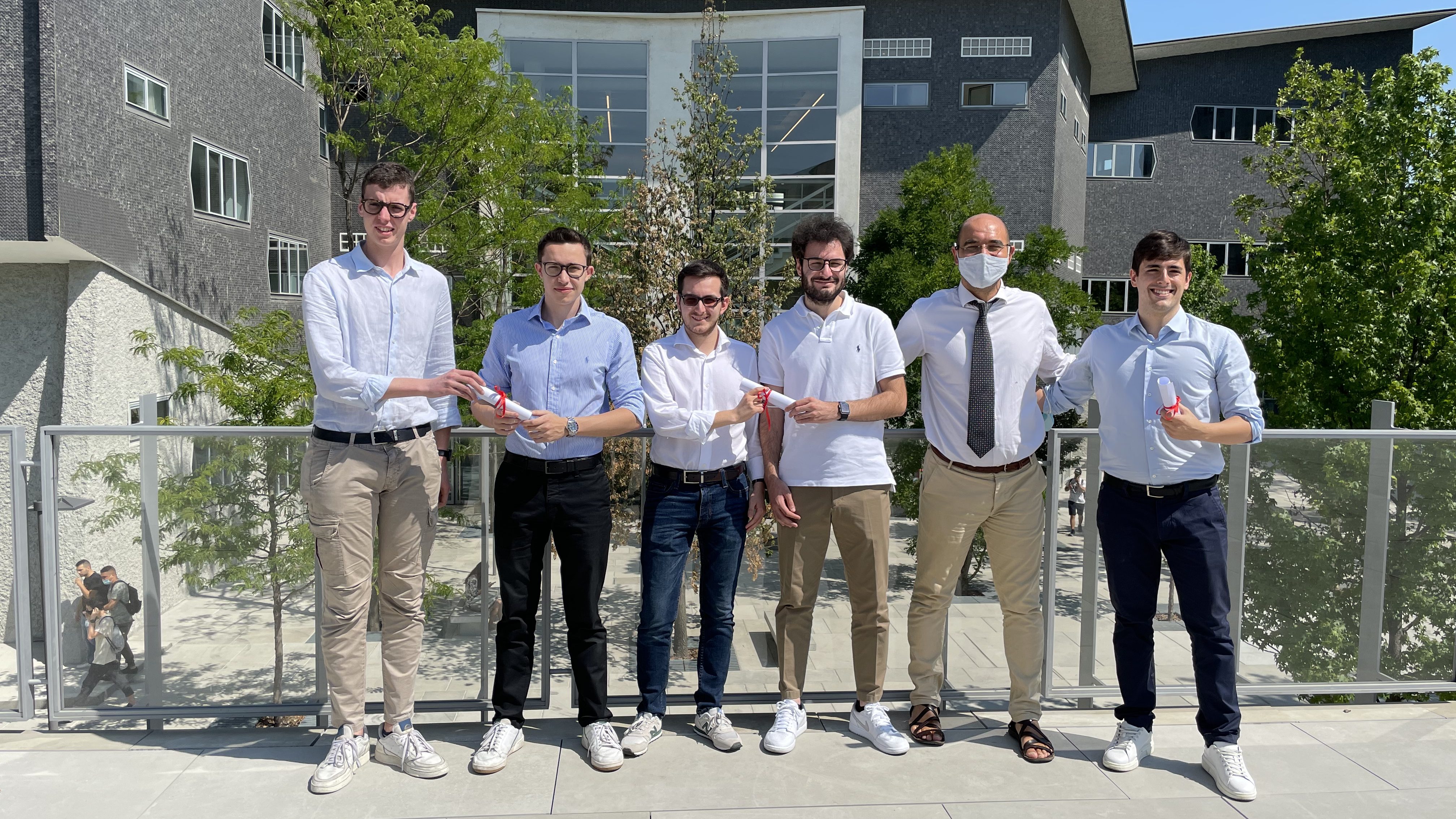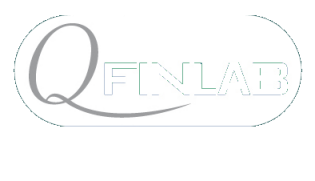
The Pitch is becoming a standard also in nowadays business world. It grants the possibility to persuade a client, a sponsor or a manager in a very short time, which is crucial in today’s hypercompetitive business environment.
After the first edition of the Award, a new edition has taken place this year. During the Financial Engineering course A.Y. 2020/2021 held by Roberto Baviera, students -divided in 16 teams- were asked to present, using a “Pitch”, their final projects, facing a financial problem simulating a real world situation. Each team recorded a short (3 min) but comprehensive video introducing the problem, the methods and the main results. This award has been followed by the 3rd, 4th, 5th and 6th editions of the prize, the following years.
Three best pitches were selected among the 16 presented by a jury composed by peers, a commission of practitioners of the financial industry and distinguished academicians. The winners of the AY 2020/2021 Award are:
Bond-CDS spread implied ratings as early warning migrations
How to test the forecasting power of implied ratings arising from Sovereign Bond-CDS market spreads? Is an early warning tool to foresee credit migrations? We consider two supervised Machine Learning techniques: Support Vector Machine and eXtreme Gradient Boosting.
by Pietro Gadaleta, Davide Panone, Raffaele Prioriello
Ref. Paper: Bond-CDS Implied Rating Systems. Colozza, Marmi, Nassigh & Regoli, 2019. Available at SSRN 2512238.
Cost of Funding
The aim of the project is to recover the implicit discount factor in a derivative market using only European put and call prices. For options on the SP500 index, we have statistical evidence of a cost of funding to add on the top of USD OIS curve.
by Claudio Manzoni, Edoardo Villa
Ref. Paper: Synthetic forwards and cost of funding in the equity derivative market. Azzone & Baviera, 2021. Finance Research Letters, 41, 101841. Also available at arXiv:2011.03795.
Corporate Bond Liquidity
The project is based on a simple closed formula that can be used by traders to price illiquid corporate bonds. The formula considers an added premium to compensate for illiquidity; it needs only market inputs and bond’s time-to-liquidate.
by Alessandro Del Vitto, Matteo G. Malighetti, Alessandro M. C. Moneta
Ref. Paper: A closed formula for illiquid corporate bonds and an application to the European market. Baviera, Nassigh & Nastasi, 2021. Journal of International Financial Markets, Institutions and Money, 71, 101283. Also available at arXiv:1901.06855.

